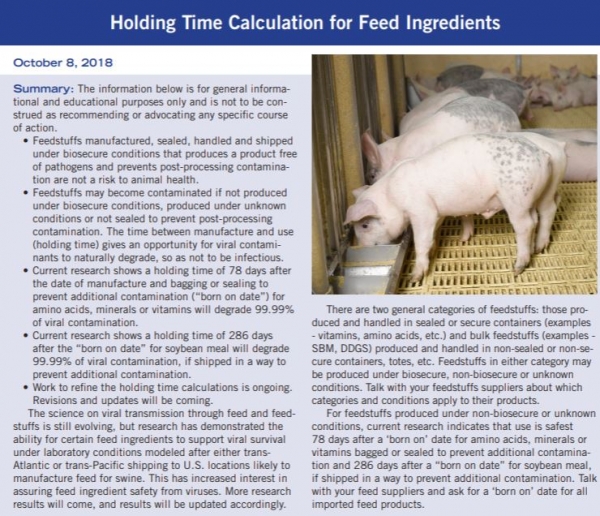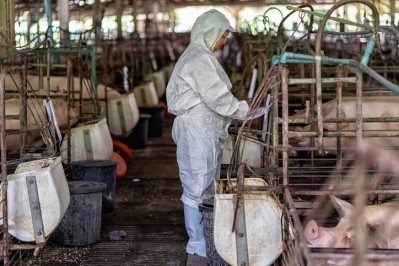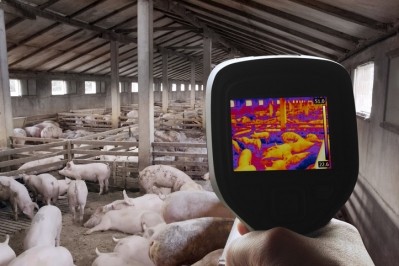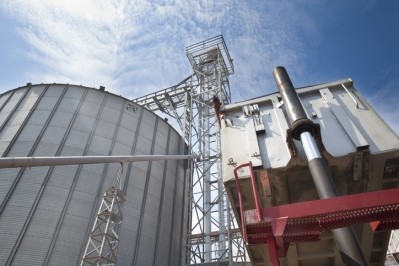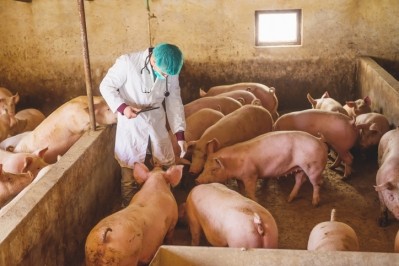Swine groups look to shut any possible window of opportunity for ASF entry into the US

In response to those concerns, US swine industry groups including the Swine Health Information Center (SHIC), National Pork Board, National Pork Producers Council, and American Association of Swine Veterinarians reviewed existing research for information about appropriate feed holding time to enhance feed safety, and as a way to possibly reduce the risk that an imported feed ingredient could carry a foreign animal disease like ASF.
They said the research on holding time is based on a calculated half-life of viruses in these feed ingredients.
The SHIC released the information last week on feed holding time, but said the approach is still being researched, and that the data was only released now for “informational and educational” purposes, not in terms of advocacy for a specific practice.
In previous research, the center discovered it might be possible for some swine and animal diseases, including ASF, to survive in feed and feed ingredients like dried distillers grains and solubles (DDGS), vitamins, amino acids and soybean meal.
Paul Sundberg, executive director of the Swine Health Information Center, told FeedNavigator:
"We want to do anything that we can do to shut any possible window of opportunity to introduce the virus into the US."
Although not confirmed, it is thought that China was the source country for an outbreak of the porcine epidemic diarrhea virus (PEDV) that occurred in the US, he added.
“The half-life information and the hold time is of high interest for the producers and veterinarians because they want to make sure they’re not the index case when we get ASF in the country,” he said.
However, some groups including the American Feed Industry Association (AFIA) are recommending treating the information with caution because the practice of holding feed ingredients has not been proven or approved through federal regulators.
“Specifically, there is no assurance that following the approaches set forth in the pork organizations’ document … [would be] adequate to ensure that African Swine Fever and other foreign animal diseases [would not be] transmitted by way of feed ingredients,” the AFIA said in a release regarding the topic.
Holding time calculations
During the initial research done to examine the potential for viruses to survive international transit it time in feed, raw materials and additives were tested were checked for the titer of specific viruses, said Sundberg. That project looked at the ability of multiple viruses including ASF, classical swine fever and Seneca Valley virus – as a surrogate for foot and mouth disease (FMD).
“During that research, we didn’t just test for whether it was positive or negative, we tested for the titer and we got a titer that was inoculated into the feed ingredient at the beginning of the experiment and we have a titer that we found at the end of the experiment,” he said. “The only difference in the beginning and the end is the time it took to get there – in that individual feed ingredient.”
That information could be used to make initial calculations on the half-life of a virus, he said. The half-life is “how long, how many days or hours it takes for 50% of that virus to degrade and become noninfectious. That’s where that data comes from it’s a calculation from the original experiment,” he added.
However, that calculation at this point has only been based on two data points – the beginning and end, he said. “We know that is not the complete look at whatever half-life it is – it’s a start,” he added.
“We can calculate a half-life based on that, but we need to do better so we have more confidence in the number and that’s going on right now,” said Sundberg. An ongoing project is providing a series of samples from infected feed ingredients to provide more data over time and improve the half-life calculation, he added.
The work is examining multiple diseases and hold estimates are being generated around the Seneca Valley virus because it has the longest half-life, he said. “We’re trying to calculate on the worst case scenarios so we don’t have to have a holding time for classical swine fever and a different one for ASF and a different ones for FMD and another for PEDV – we just take the worst case scenario of the longest one and that will cover all of them,” he added.
For feed some types of feed ingredients like vitamins, minerals and amino acids the hold time is shorter likely because of the nature of the ingredient, he said. However, for bulk ingredients like soybean meal or DDGS, which calculations suggest would need to be stored for a longer time, the hold-time clock starts when no additional contamination is expected – either upon being sealed or when received.
However, there would be other possibilities open to feed manufacturers or feed users, he said. “Don’t buy it from there – buy that ingredient from somewhere where you have confidence that it’s not going to be contaminated with a foreign animal disease,” he added.
